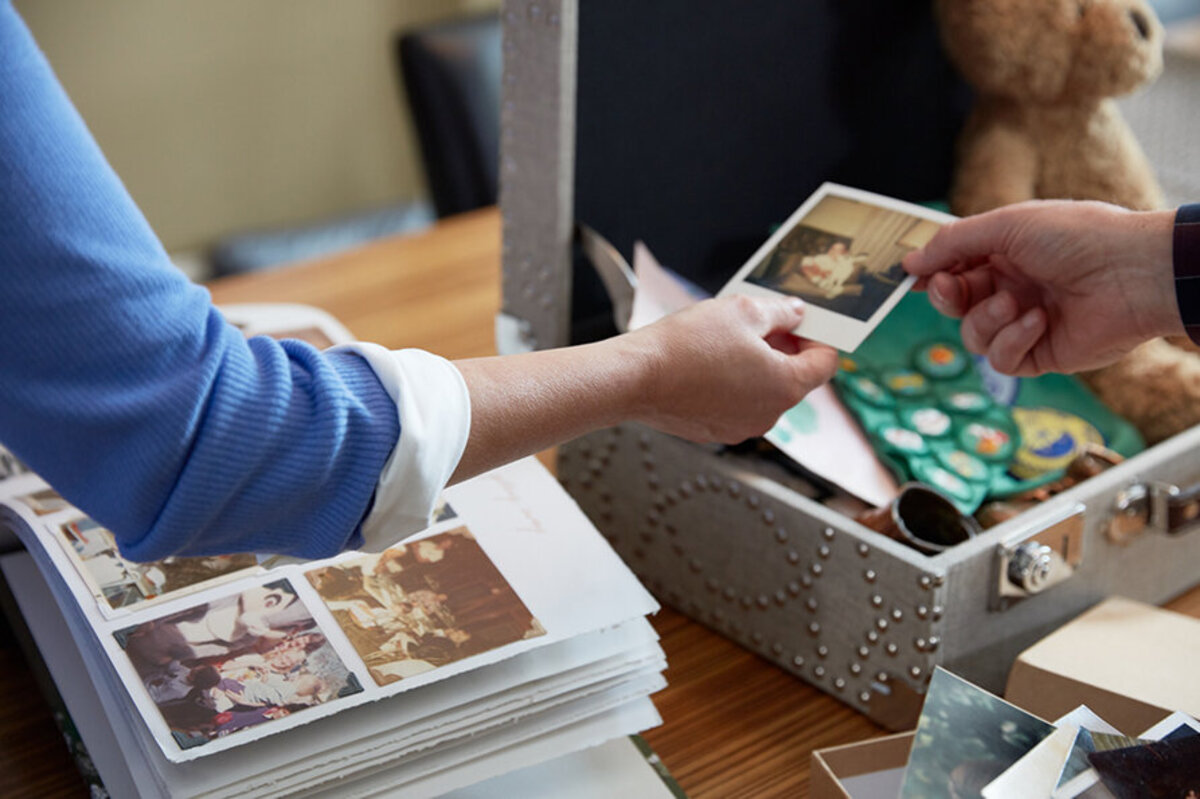
The Power of Preserving Family Stories
Every family has a unique history, filled with personal achievements, struggles, traditions, and cherished moments. These stories help define identity, connect generations, and provide insight into the past. However, without preservation, memories can fade, and valuable narratives may be lost over time. That’s why understanding how to build a family story archive for future generations is essential to safeguarding your legacy.
Creating a family story archive ensures that the voices, experiences, and values of loved ones are recorded and passed down. Whether through photographs, audio recordings, or written accounts, a well-organized archive captures the essence of a family’s legacy. It provides a way for future generations to understand their roots and appreciate the journey of those who came before them.
This guide will walk you through the steps of building a meaningful family story archive. From collecting materials and choosing storage methods to organizing content in an accessible format, each step contributes to preserving history in a way that remains relevant for years to come.
Gathering Family Stories and Memories
The first step in learning how to build a family story archive for future generations is collecting the stories that define your family. Start by reaching out to relatives, especially older family members, who may have valuable memories to share. Conversations can uncover details about family traditions, significant events, and personal anecdotes that might not be recorded anywhere else.
To make the process more engaging, consider conducting interviews. Ask open-ended questions about childhood experiences, family milestones, and historical events that shaped their lives. Recording these conversations preserves their voices and expressions, making the storytelling experience more personal and vivid.
In addition to spoken stories, written documents like letters, journals, and memoirs offer insight into past generations. These materials add depth to the archive, providing firsthand accounts of everyday life and important moments in family history.
Choosing the Right Storage Methods
Once you’ve gathered stories and documents, it’s essential to store them in a way that ensures longevity. Digital storage has become one of the most reliable ways to preserve memories, allowing for easy organization and protection against physical damage. Scanning photos, letters, and important documents creates a backup that can be shared across different devices and platforms.
For those who prefer physical copies, archival-quality materials such as acid-free paper, photo albums, and storage boxes can help prevent deterioration. Keeping these items in a climate-controlled environment minimizes the risk of fading, discoloration, or decay over time.
A combination of digital and physical storage offers the best protection. While digital files provide accessibility, tangible keepsakes carry a sentimental value that connects family members to the past in a more personal way.
Organizing Photos and Documents for Accessibility
A well-organized archive makes it easier for future generations to navigate and engage with the materials. Categorizing items by theme, date, or family branch ensures that stories are easy to locate and follow. Labeling photos with names, locations, and dates prevents the loss of context over time.
Creating digital folders or albums with clear naming conventions helps maintain order. If using a cloud-based system, sharing access with family members allows for collaborative storytelling, enabling different generations to contribute to the collection.
Physical organization can follow a similar structure. Using labeled binders, scrapbooks, or storage boxes with dividers makes it simple to browse through generations of memories. A well-documented system enhances the storytelling experience by making history feel more connected and accessible.
Recording Family Voices for Future Generations
Hearing the voices of loved ones brings stories to life in a way that written words alone cannot. Recording family members as they recount their experiences preserves not just their words, but also their emotions, tone, and personality. These recordings become valuable keepsakes, allowing future generations to experience storytelling in a more immersive way.
There are several ways to record family voices. Simple smartphone apps make it easy to capture high-quality audio, while dedicated recording devices provide better sound clarity for long-term preservation. Conducting video interviews adds an additional layer, preserving facial expressions and gestures that enhance the storytelling experience.
Transcribing audio recordings into written formats ensures accessibility for those who may not have the means to listen to recordings. Combining different formats—audio, video, and text—creates a comprehensive archive that appeals to various preferences and needs.
Incorporating Family Traditions and Cultural Heritage
Beyond individual stories, family traditions and cultural heritage play a vital role in shaping identity. Including these elements in the archive provides a deeper understanding of shared values, customs, and celebrations that have been passed down through generations.
Recipes, holiday traditions, and special family rituals offer insight into how past generations lived and expressed their heritage. Documenting these practices with photos, videos, or written descriptions allows them to be preserved and continued.
For families with diverse backgrounds, highlighting different cultural influences adds richness to the archive. Understanding ancestry and the origins of family traditions fosters a greater appreciation of identity and the connections that tie generations together.
Sharing the Archive with Family Members
An archive is most valuable when it is shared and appreciated by family members. Making it easily accessible ensures that future generations can benefit from the stories and memories it holds.
One way to do this is by creating a family website or digital platform where stories, photos, and recordings can be uploaded. This allows relatives from different locations to contribute and engage with the archive, fostering a collaborative effort in preserving family history.
For those who prefer printed materials, compiling a family history book or scrapbook provides a tangible way to share memories. Gifting copies of these books during family reunions or special occasions strengthens connections and encourages storytelling across generations.
Updating and Maintaining the Archive Over Time
A family story archive should be a living collection that grows with each generation. Regularly adding new stories, photos, and records keeps it relevant and engaging for future family members.
Scheduling periodic updates ensures that important events and milestones are documented in real time. Encouraging younger family members to contribute allows them to take an active role in preserving their heritage, fostering a sense of belonging and responsibility.
Backing up digital files regularly prevents loss due to technical failures. Cloud storage, external hard drives, and printed copies all serve as reliable ways to protect the archive from accidental deletions or damage.
Keeping Memories Alive for Future Generations
Learning how to build a family story archive for future generations is an investment in preserving history and strengthening family bonds. It connects generations by keeping voices, experiences, and traditions alive, offering a lasting legacy that future relatives can appreciate.
By collecting meaningful stories, organizing materials thoughtfully, and sharing them in accessible ways, families can ensure that their history remains a source of inspiration and identity. An archive filled with voices, images, and memories allows each generation to learn from the past while carrying its legacy into the future.
Creating and maintaining a family archive is a way to honor the past, celebrate the present, and inspire those who will come after us. Through storytelling, families can build a bridge between generations, keeping their history alive for years to come.

